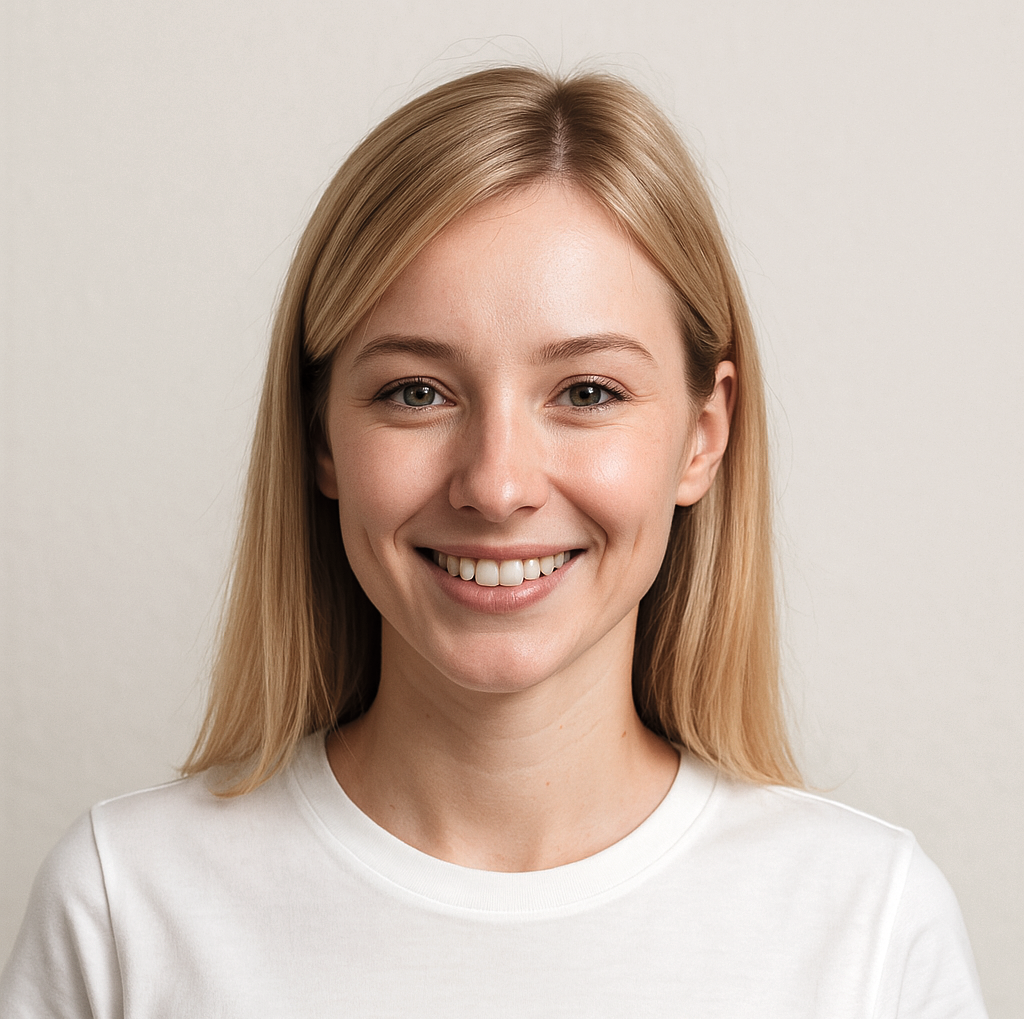MAC Indicators
MAC indicator
(ang. Maximal Allowable Concentration) is maximum permissible concentration of a given substance. The definition of the indicator refers to the maximum exposure time to a health hazard during professional activity. In an amount that will not have adverse effects on his health or the health of future generations.
In simpler terms, it is a weighted average based on a 40-hour working week, with 8 hours per day, for a healthy “model” man. The MAC therefore indicates how much of a hazardous substance you can absorb per day without fear of damaging your health during an 8-hour working day..
MAC-C index
(ang. Maximal Allowable Ceiling Concentration)differently maximum permissible concentration limit. This is the concentration of a toxic chemical compound that must NEVER be exceeded due to the risk to the health or life of employees.
MAC-TGG or MAC-TGW or MAC-STEL indicator
(ang. Maximal Allowable Concentration Short Therm Exposure Limit) differently maximum permissible instantaneous concentration. This is the maximum exposure time to a toxic chemical compound at its maximum dose as determined by the MAC index. In other words, if you are exposed to a toxic substance that has a specific MAC-TGG/TGW/STEL value, you cannot work with that substance for longer than the MAC-TGG/TGW/STEL value specifies on that day. Even if the dose of the toxic substance is lower than the dose specified by the MAC indicator.
 The values of MAC, MAC-C, and TGG indicators are given in [mg/m3] (milligrams per cubic meter). MAC-TGW index additionally in minutes.
The values of MAC, MAC-C, and TGG indicators are given in [mg/m3] (milligrams per cubic meter). MAC-TGW index additionally in minutes.
An additional symbol next to MAC values is the letter S, which indicates that the substance is easily absorbed through the skin and that additional protection (clothing, gloves) should be used.
Since there are many abbreviations and they are all used interchangeably, we will list them in a table to make it easier to understand:
| Name | GHS abbreviation | Abbreviation NL | Description | Measure |
|---|---|---|---|---|
| Maximum permissible concentration | TLV-TWA | MAC-TGG | Weighted average concentration of a chemical substance in the air over a period of time. 8 hours per day / 40 hours per weekor for a specified time, e.g. 6 hours. | mg/m³ |
| Maximum permissible instantaneous concentration | TLV-STEL | MAC-TGW | Maximum permissible concentration of substances by short period (e.g., 15 minutes)– cannot be exceeded even for a moment. | mg/m³ + (min) |
| Maximum concentration, or ceiling level (ceiling) | C | MAC-C | Concentration which must never be exceeded,even for a moment – it may beimmediately dangerous for health. | mg/m³ |
| MAC general | – | MAC | A general indicator used in the Netherlands, denoting the concentration limit of a substance – may refer to MAC-TGG or MAC-TGW depending on the context. When used alone, it refers to the weighted average concentration of a chemical substance in the air over a period of time. 8 hours per day / 40 hours per week. | mg/m³ |
| S (skin) -additional letter | S | S | Means that the substance easily penetrates the skin, what should be considered when assessing risk . Requires the use of special personal protective equipment. | – |

